In this film, I follow barn owls Gylfie and Dryer as they lay a late second clutch and witness these owl parents become increasingly fatigued by the effort of raising chicks in Autumn.
Gylfie & Dryer
This barn owl pair are easy to tell apart simply by the fact that the male Dryer has a BTO ID ring on his leg and the female Gylfie doesn't.
Double brood
And even though their chicks from their first brood, Uno, at 26 days and the 32 day-old foster chick, Lucky, are still in Ash Stump and are yet to fledge the nest, Gylfie and Dryer are already preparing for another brood. It's a sign that these owls are doing well and have enough food nearby, and energy to raise more young. In England, only 10% of barn owls will double brood in the same year, a strategy only used by barn owls and short-eared owls here in the UK.
Nesting
But their choice of Beech Stump is surprising. This is where tawny owls Bomber and Luna raise their young. And other birds have their eyes on it too. When Dryer and Gylfie leave one morning, a pair of stock doves move in. And they look set on nesting. Gylfie hears them from nearby Elm Stump and comes to kick the squatters out. And reclaim the nest. Seemingly in celebration, Dryer brings her a shrew. And then they mate and allopreen to solidify their bond.
Egg laying
And on the 23rd of July, Gylfie reveals her first egg. Dryer is always inquisitive and takes a look. With a second clutch to protect,he goes to the entrance to check out any noises. But there's no need to worry, this time it’s only passing sheep.
Back at Ash Stump, Lucky has now fledged. And it won't be long before Uno does, too! As a brood of two, Dryer can care for them on his own dropping food off for them at night, allowing Gylfie to conserve energy for egg development.
Three days later, Gylfie reveals a second egg. Only female barn owls incubate eggs, and this starts as soon as she lays the first egg. Only taking the occasional break to stretch on the branch outside, so it's not often Dryer is alone with the eggs. He's so curious and can't wait to get a closer look. Looking into the camera as if to check no-one's watching, before wandering over to inspect the eggs. But Gylfie must have a sixth sense. She's back into the nest and puts a stop to Dryer's inspection. She pushes him out of the way. And even appears to shake her head at him. Gylfie soon stands to reveal a third egg. This is brilliant. Over in Ash, both Lucky and Uno have fledged now. Uno still spends her days in Ash, but leaves at night. But Lucky rarely returns now.
This intentional overlapping of broods maximizes the number of chicks a barn owl pair can raise in one breeding season. Three days later, a fourth egg is revealed. And Gylfie consumes a cached vole. She'll need all the energy she can get for this next month of incubation. Dryer has his work cut out. He needs to feed Gylfie here in Beech and Uno and Lucky on nearby branches. They still depend on Dryer. It's early August, and she reveals a fifth egg. I can't believe it. She's only had a clutch this big once before, back in 2021 with Finn.
Barn owl courtship
But there's a problem. Dryer isn't providing enough food. So as night falls, Gylfie takes matters into her own talons. And sets off to the feeding post. A risky decision, the eggs are now left unguarded. Gylfie tries to gain a quick feed, and in a case of mistaken identity, gets swiped off the feeding post by Dryer. A flustered Gylfie returns to her eggs. By way of apology, Dryer offers Gylfie a couple of mice. Barn owls will continue mating through the breeding season to maintain a strong bond. Dryer stays in the nest during incubation, often allopreening Gylfie.
Expectant owl dad
It's now the 23rd of August, 31 days after the first egg was laid. So it's due to hatch any day now. Whilst female barn owl Gylfie is out of the nest, her partner. Dryer enters with a freshly caught vole.He can hear something and goes straight to the eggs. A chick is calling from inside but Dryer looks confused.There's no chick in sight. He takes a second look and places a vole gently on top. Gylfie turns. She knows they haven't hatched yet, so she puts the vole to one side for now, but I'm sure we'll have a chick soon. Meanwhile, I catch up with their first brood. I'm now getting sightings of Uno on the feeding post here.She's doing very well, and she even tolerates the tawny owl fledglings too. I think Lucky may have dispersed already to find her own territory.
Chicks hatch
The following morning, I see Gylfie breaking up pellets. Another common behavior before chicks hatch. And when Dryer and Gylfie leave to the entrance. I can see the egg pipping! Gylfie soon returns, tucking the hatching egg safely underneath her. But I still manage to get some amazing views of the little chick. Dryer returns inside to mate with Gylfie. Unaware the first chick has hatched. But when Gylfie leaves, he gets his first glimpse and is infatuated. And checks that we've seen it, too. Over the next few days, I get some beautiful views of the chick.
But one morning, Dryer is alerted by the sound of jackdaws. Gylfie rushes out and throws the chick across the nest. But once the danger is gone, Gylfie returns inside. And tucks the chick safely under her. Gylfie is usually very delicate around these chicks and eggs. The average incubation time here at Fotherdale is 31 days for barn owls. And the chicks should hatch every 2 to 3 days. But it's five days until I see the second chick hatching. Gylfie removes the shell from beneath her. Giving us better views of both chicks. Dryer spends a lot of time in the nest. So when Gylfie leaves to stretch, he watches the owlets. It's then another four days until the third chick hatches. And although never be 100% certain, the dates of hatching match those predicted for eggs one, three, and five. So there's nine days between the oldest and youngest. I don't think the other two eggs are going to hatch now, but Gylfie still incubates them, tucking them under herself as the next few days pass by the two eggs remain intact.
Youngest chick perishes
Gylfie and Dryer’s chicks are 14, 9 and 4 days old. Although I can never be 100% certain, I believe these chicks are from egg one, three and five, which explains the large age gap. They're all looking to be doing well at the moment. But as Dryer delivers some prey, you can see the eldest chick is much bigger and more developed than its siblings. And it can already swallow prey whole. This dominance soon impacts the youngest chick who just can't compete. As time passes, the youngest chick doesn't look well. Gylfie is standing on it And the oldest chick even starts pulling its tiny sibling around. And then eventually, I can no longer see the youngest chick. Sadly, I suspect Gylfie first fed it to the others. A common behaviour with birds of prey to provide a meal for the remaining chicks, keeping a nest clean, and avoiding attracting predators into the nest.
Gylfie & Dryer exhausted
I noticed Gylfie is spending a lot of time away from the nest, and Dryer isn't bringing in much food. Both seem exhausted after five months of rearing young. And when Dryer enters the nest with a mouse, Gylfie is hot on his tail. And it’s her who eats it, leaving her chicks to go hungry.
Over the following days, I notice Gylfie isn’t bringing the owlets any food and Dryer’s deliveries have slackened off. Without enough food, these chicks will starve. Some consider this all part of nature's cycle. But for me, when owl populations are struggling from lack of nesting sites, habitat, and food sources, it's important to lend a hand. But it's not easy to help them. I can't risk going to their nest. Gylfie is a flighty bird, and it could put the two surviving chicks at risk.
Support for barn owls
So I come up with a plan and when night falls, I head down to put extra food in nearby nests. Enough for Gylfie, Dryer and the owlets. Which Dryer soon finds.He starts delivering it to the nest.And now Gylfie feeds the chicks. Over the next few days, Dryer makes lots of deliveries, both of his own wild catches and the food I've provided. My decision to support this family with extra food was the right one. Things are going in the right direction. And when the chicks get old enough, Gylfie starts leaving them alone in the nest, all day and all night. Spending her time in nearby Ash. But this doesn't come without risk.
Jackdaws are soon at their nest and the barn owl chicks huddle together. And after a tense standoff, the jackdaws leave. Over the coming weeks, with a bit of help from me, these two chicks grow in size, strength and confidence. Even the youngest chick can swallow prey whole, now! This heightened hunger means when Dryer enters with food, chaos ensues. And he doesn't hang about.
Gylfie turns on chicks
Gylfie rarely visits her owlets now and when she does, it's not to feed them, it's to feed herself. The hungry chicks become confused and snap at her, driving her to the entrance. She tries again. But she's no longer welcome. Now Gylfie’s absent I can deliver food straight to the nest. And what I see that night is fantastic. The older owlet is feeding the younger one. The younger one seems to be full, but it's the thought that counts.
It's been a rocky few weeks for this barn owl family, but now the remaining owlets are flourishing. We name them Autumn and Fall. These two are developing well. And now around 6 to 7 weeks old. The eldest, Autumn, is looking out of the nest. So this is a great time to give the owlets their BTO rings. Jean Thorpe from Ryedale Rehabilitation is a licensed bird ringer arrives to ring these owlets. The owlets are checked over, fitted with their rings and weighed. All done as quickly as possible to minimize disturbance. This ring number and her weight will be sent off to the BTO for them to store in their databases. Jean highlights why ringing these birds is so important. Shortly after replacing the chicks, Autumn's back up to the nest entrance., preening. Gylfie, their mum, hasn't been visiting much, but when she next returns, instead of bringing in prey, she's had an end to raid the stash of food. Barging past Autumn and then Fall. And makes a quick getaway with her catch.
But when she next returns, the chicks are more defensive and lunge towards her. Autumn then starts to beg for food. This behaviour is so confusing for these chicks. She manages to squeeze past them. And this time leaves empty handed.
Getting ready to fledge
Over the coming nights, both owlets spend time at the entrance. And my cameras capture the moment Autumn loses a footing and almost falls. She manages to hold on and her short tumble doesn't put her off, as she's soon back at the entrance watching the world with interest. Gylfie must be hungry, and she's back again. And a scuffle ensues. You can see Autumn still demanding food from Gylfie, but to no avail.
As usual, Dryer’s approach to these chicks is slightly different. He's landed outside with some food. And seems to be trying to encourage the chicks out. But I don't think they're ready just yet. Before heading out into the world, they need to hone some of their skills so they practice inside the nest. Fall decides to pounce on prey. And Autumn decides on her sibling. All this practice seems to have worked. The next day, Autumn goes to the entrance and fledges, jumping the branch as Fall watches on. But these barn owls are not the only owls in the area.
Under attack
A pair of tawny owls, Luna and Bomber still see this site as theirs, as they nest here most years. And just six months ago, they raised a brood here. Tawny owls fight with barn owls to eliminate competition for nest sites and food. They fly by, swiping Autumn off the branch. Fall rushes back inside. But Autumn seems fine. She's back. But so are the tawny owls dragging her from the entrance. Autumn can't be located by torchlight. But fortunately, the next morning she's back at the nest. These tawny owls pose a real threat to these young barn owls.
Dispersal
Autumn spends most of her time outside of the nest now, giving Fall more space. Fall is also quite getting itchy feet inside the nest and soon fledges the nest, too. And is in for a rude awakening: the tawny swipes her off the branch immediately. Luckily, she seems okay. Over the coming days, the owlets spend some time in the nest. But on such high alert, due to the tawny’s presence, they don't even recognize each other...at first, anyway. And then things calm down. It doesn't take long before they stop using this nest entirely.
Fall isn't seen much on my cameras. I think she's dispersed to find a new territory of her own. I see Autumn in Sycamore and notice she’s spending her days and nights there. This is just a short distance away from Beech, but she too starts to be seen less and less on my cameras. I think she started to disperse as well. From a very tough start in life, these two owls developed well and have now fledged as healthy barn owls.





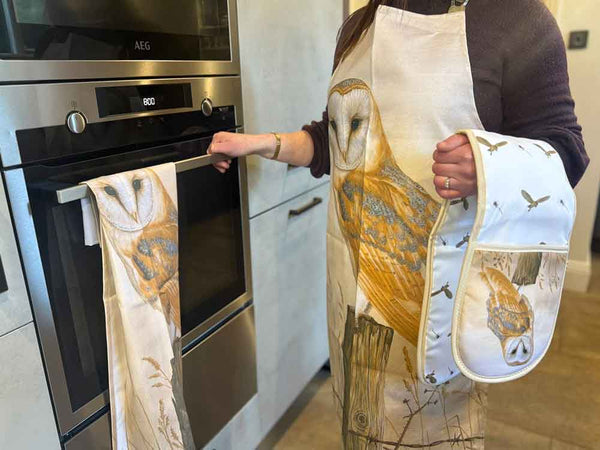
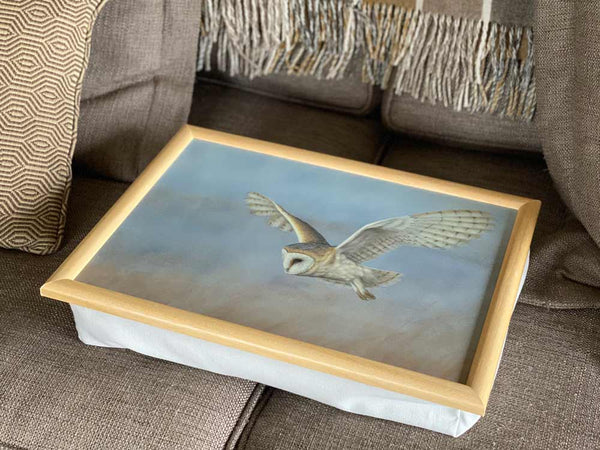
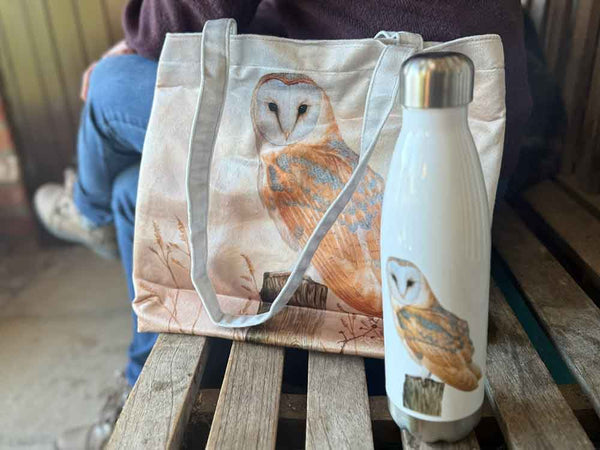
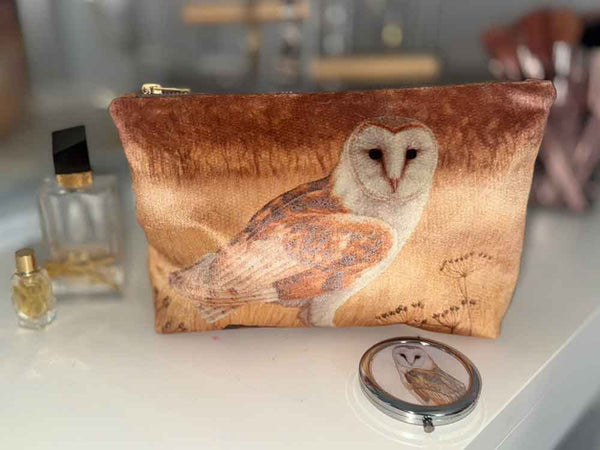
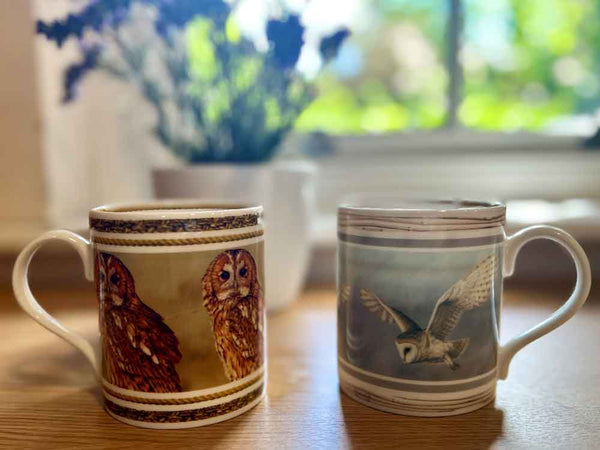
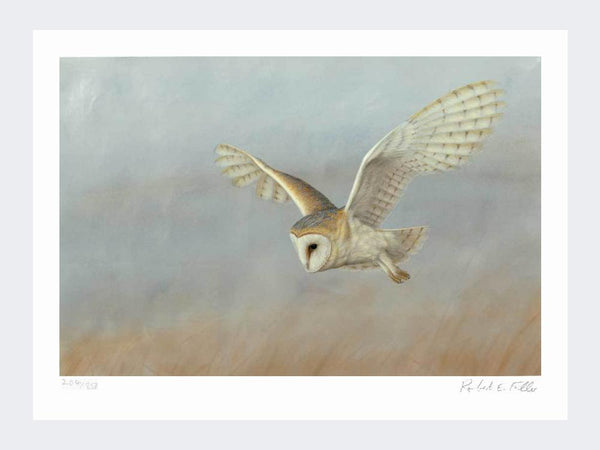
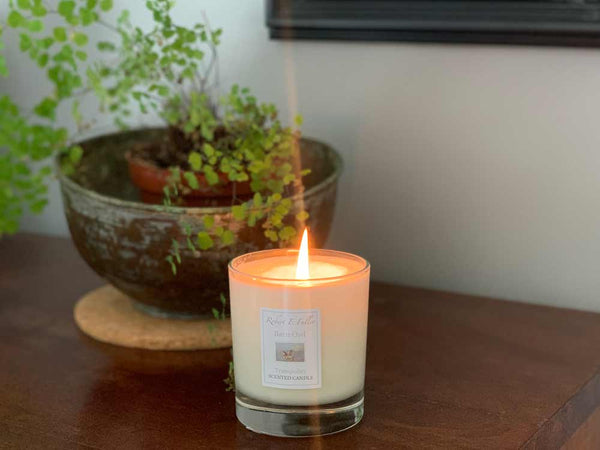
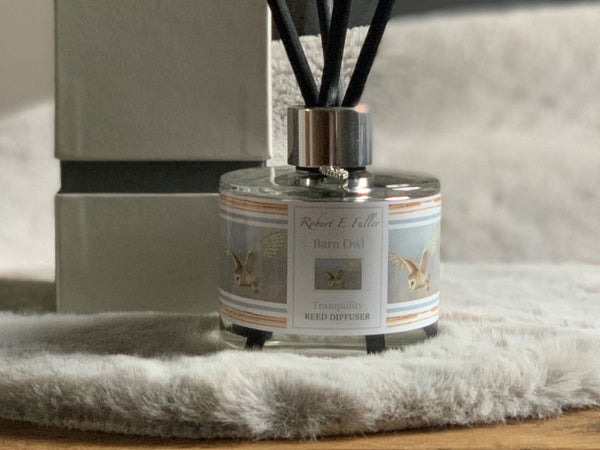

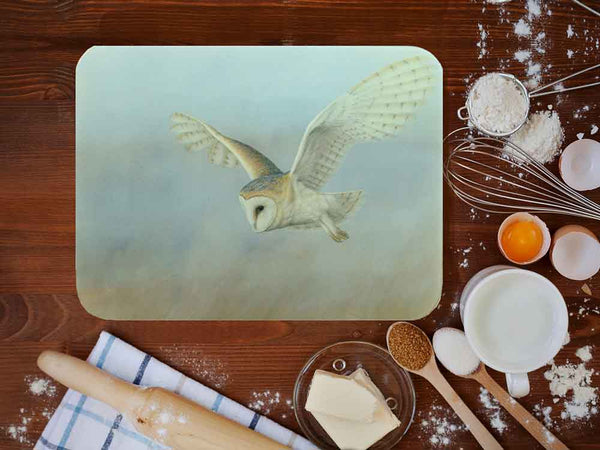



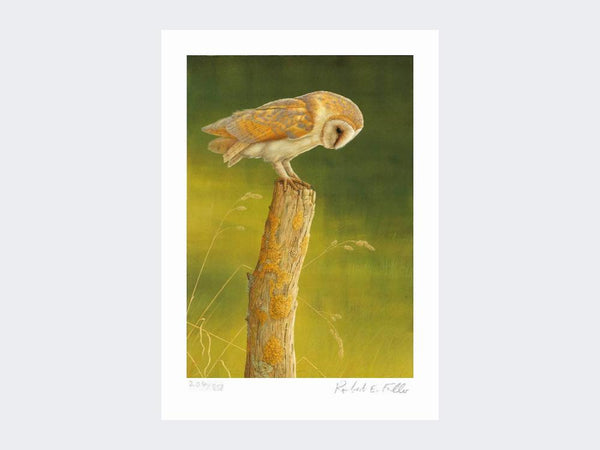
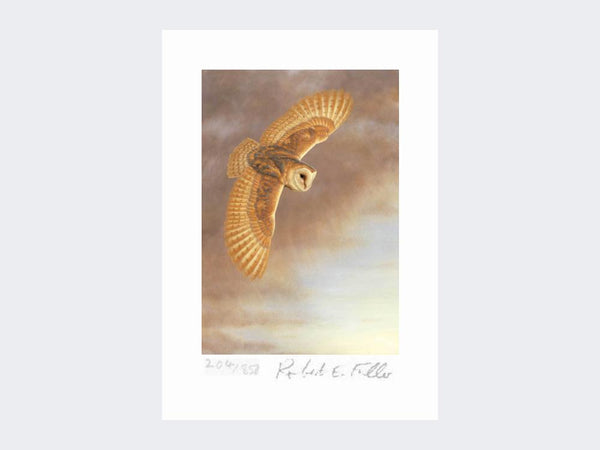
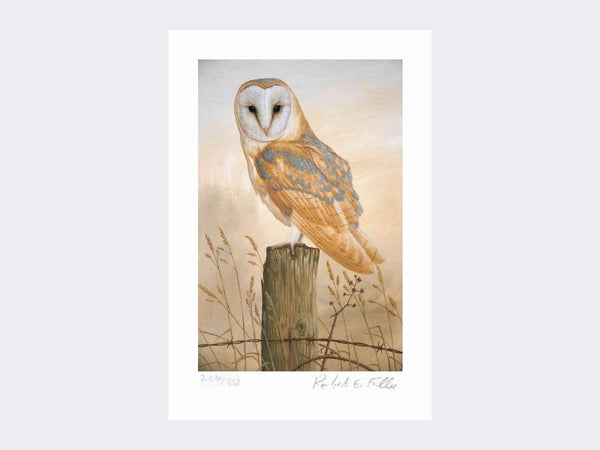
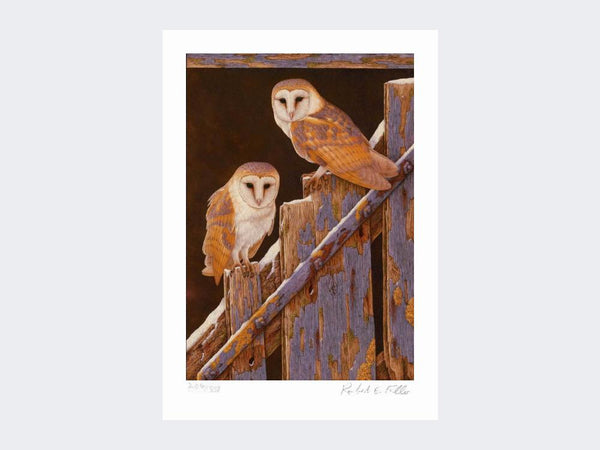
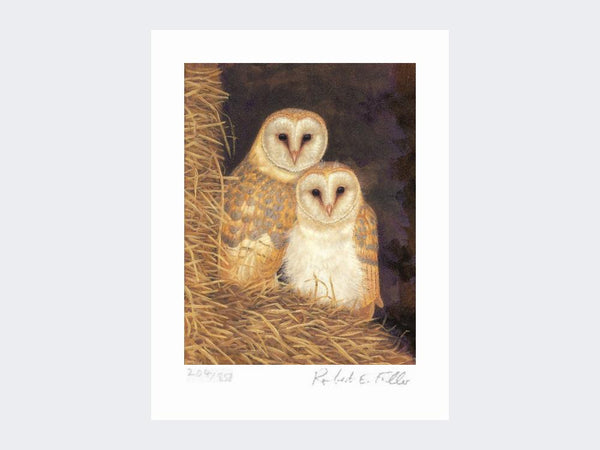

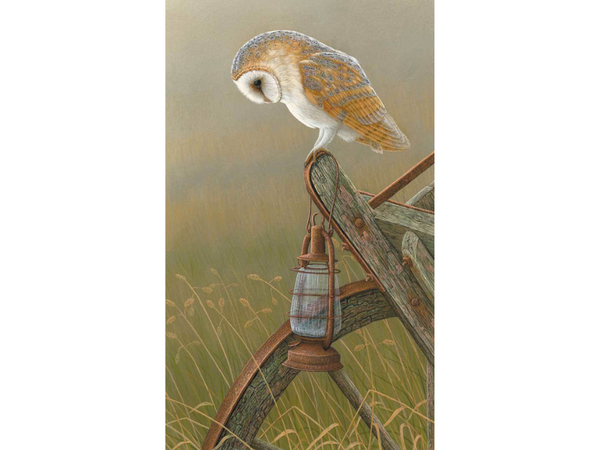
2 commentaires
Thank you for keeping us in the picture, so to speak. These owls sure struggle hugely at times with lack of food and it is terrific that your helping hand keeps them going for without your help survival would be difficult!
Thank you for raising awareness, not only of just these owls, but, indeed, of all the species that you film. ❤️